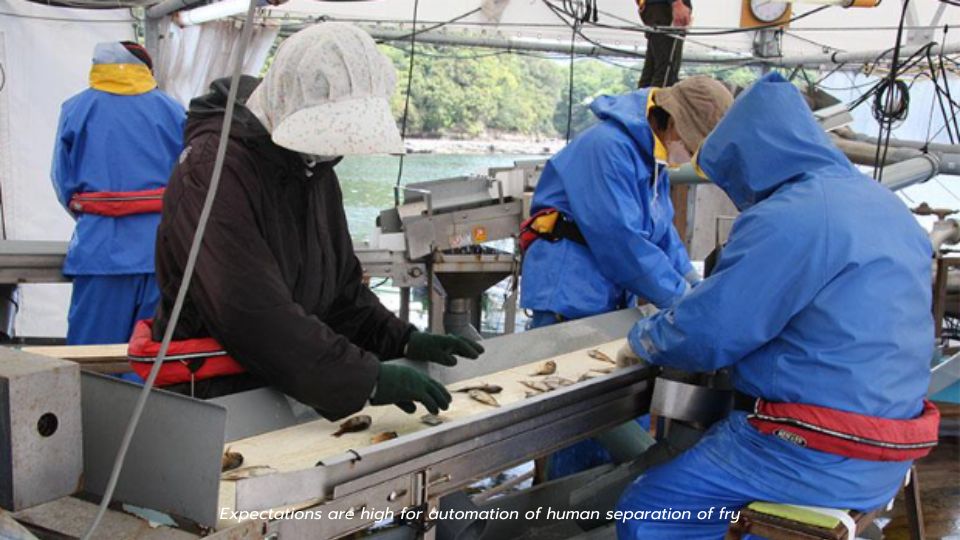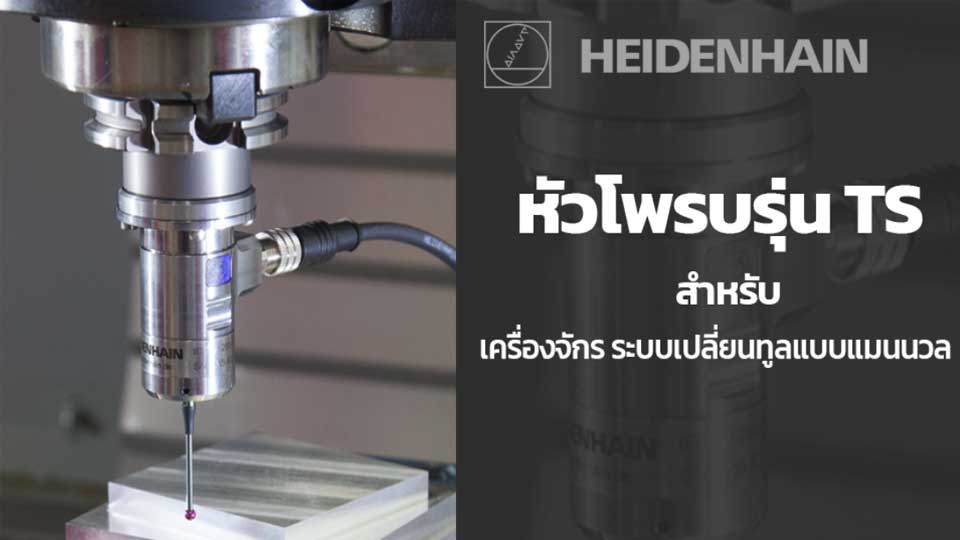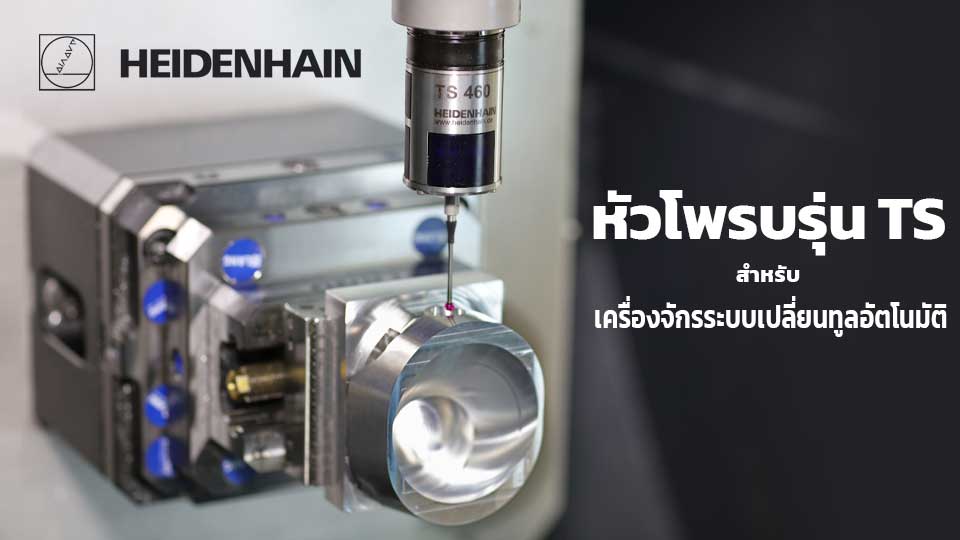
Innovative Fish Fry Sorting System with Robotic Technology
The shortage of human resources is becoming increasingly severe, and the fishing industry is no exception. Robotic Technology enhances efficiency at aquaculture sites, contributing to allaying labor shortages.
Japan, 2 October 2023 - Kinki University is developing a system that automatically sorts out and removes poorly grown young fish before shipping. The system analyzes images of young red sea breams placed on a conveyor belt and uses a robot arm to remove individuals that do not meet the standards. Automation of this process reduces the burden on workers and is expected to enhance efficiency at aquaculture sites, contributing to business succession in an industry grappling with a labor shortage.
Kinki University Fisheries Research Institute (Shirahama Town, Wakayama prefecture) is involved in researching and producing many fish, including tuna. Since the 1960s, they have started breeding red sea bream, which is the most common marine fish in Japan. Now, it sells 15 million fingerlings a year to fish farmers across the country through Armarin Kindai Co., Ltd., a venture company originating from Kinki University.
Red sea bream farmers purchase young fish, raise them to about 1.5 kilograms, and then sell them at the market.
The problem in this case is the shape of the fry. Naoki Taniguchi, vice president of operations at the Aquaculture Seedling Center, who is in charge of the system demonstration, emphasizes that 'round-shaped fry have a lower market value.' Therefore, it is necessary to reduce the shipping rate of malformed fry.
Currently, fry is pumped out of the fish tank and transported on a conveyor to workers who visually check for poorly grown fish and manually sort them. This process involves numerous inspection criteria and demands experience and concentration. Deputy General Manager Taniguchi stated, 'The work requires nerves from morning to evening, which is tiring. Furthermore, it takes more than 10 years to become proficient in fry identification, making it challenging to pass on this technology.' Automation is urgently needed to alleviate the burden on workers and enable work continuity even with reduced staffing.

The research group focused on juvenile fish with a rounded shape, which is typical of malformations. By incorporating advanced sorting expertise from skilled workers into the equipment, they were able to eliminate fry that deviated significantly from the preset size. The introduction of this equipment reduces the number of people involved in sorting to one-third of the conventional method.
Hitoshi Kubota, a lecturer at the Advanced Technology Research Institute’s Robotics and Technology Center, said. “The shutter time when photographing the fry on the conveyor is short. The challenges were the speed of sorting and what to do with the wild fish.
In collaboration with Toyota Tsusho and Microsoft Japan, Kinki University developed a system that automates the pump flow rate, ensuring an optimal number of fry are suctioned from the fish tank and placed on the conveyor for image analysis. Through analyzing images of the fish shadows and gaps between them on a specific section of the conveyor, Kinki University created a prototype of software that automatically adjusts the pump flow rate, leading to full automation."
This marks the first attempt in Japan to use a device for fry sorting. In the future, they plan to collect and analyze data to enhance selection accuracy through operations at aquaculture sites. Vice President of Operations Taniguchi expressed, 'We aim to incorporate it into actual operations and establish a working system that involves both machines and humans.' The goal is to have it fully implemented by December, with the expectation that progress in research will lead to improved productivity in the fishing industry.
#Robotics #Labour #Mreport #ข่าวอุตสาหกรรม
ที่มา: Nikkan Kogyo Shimbun






